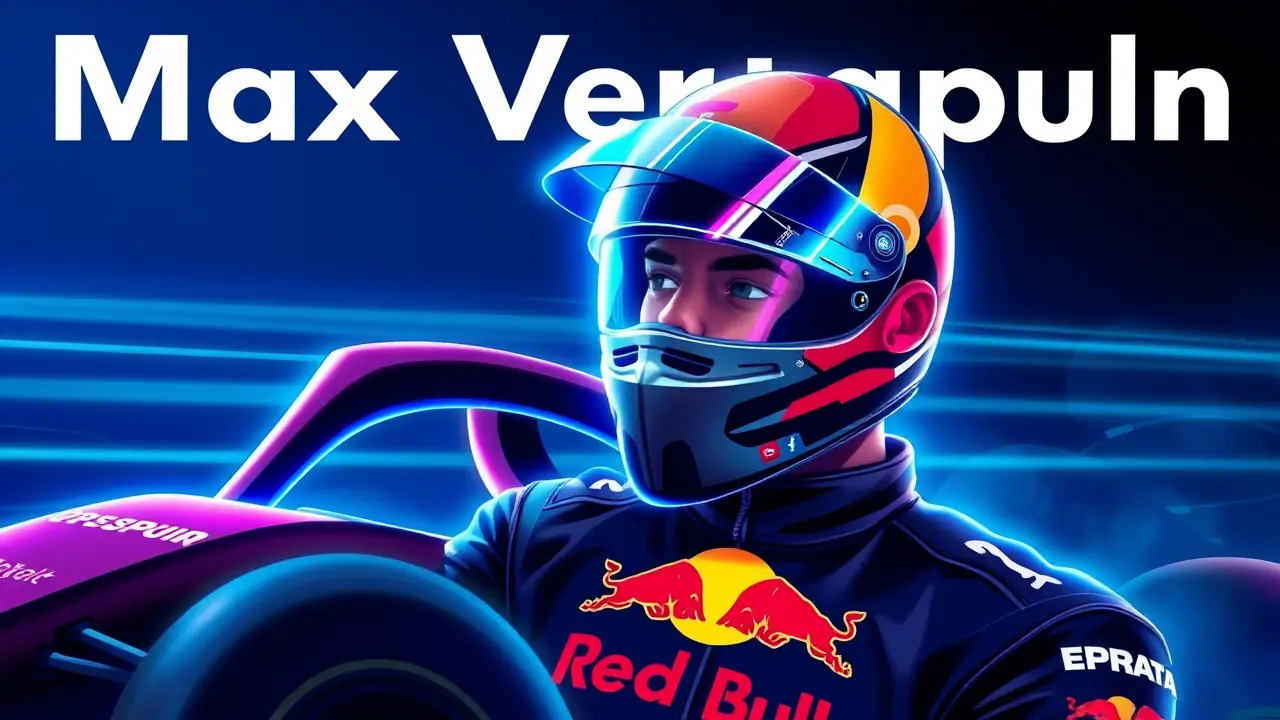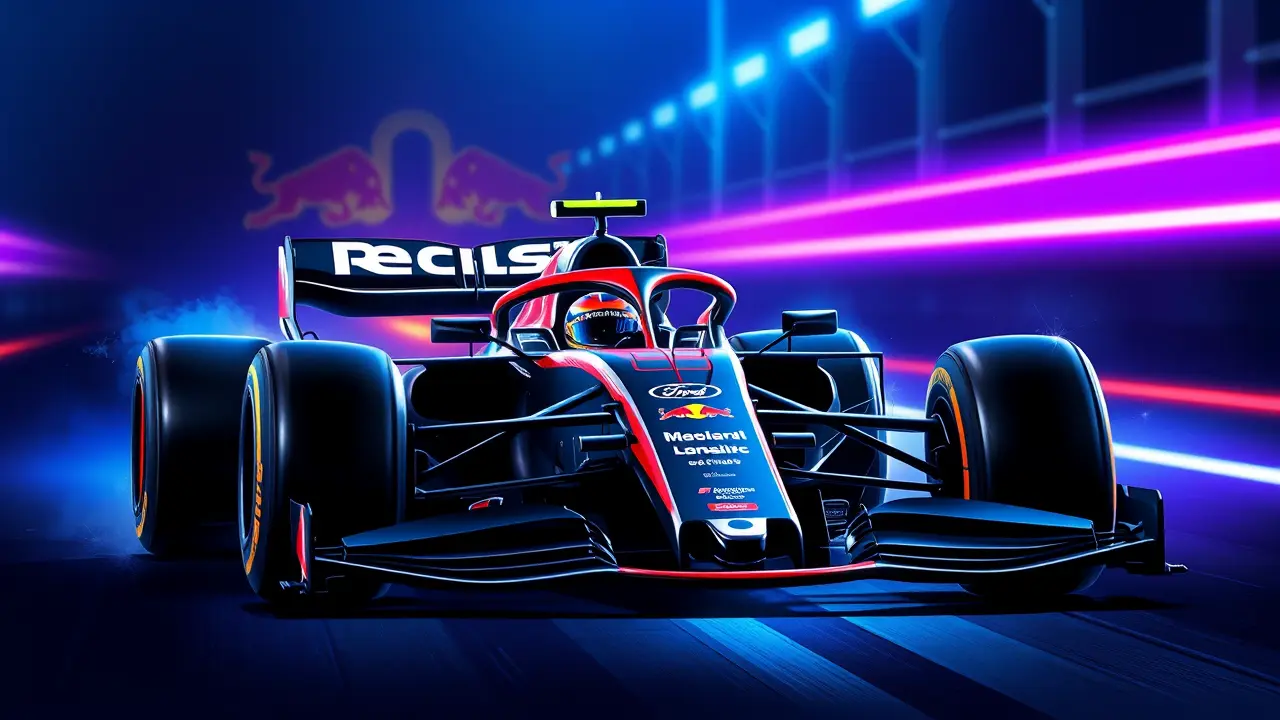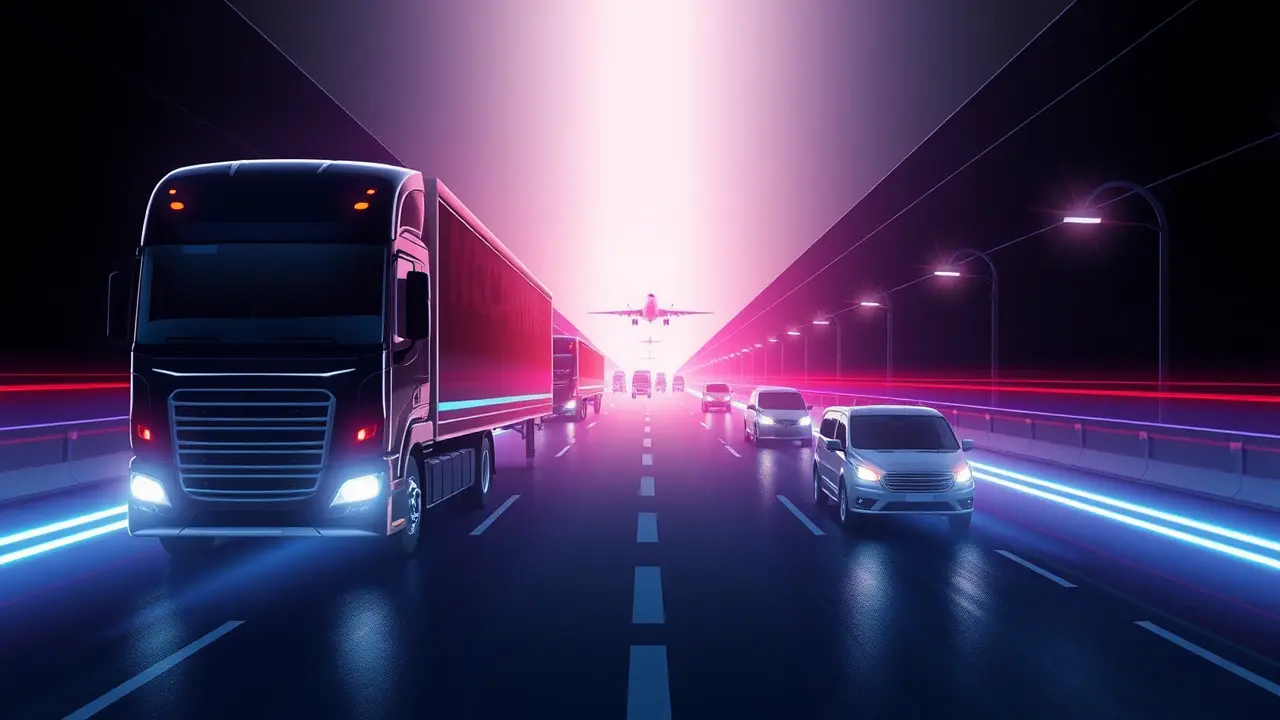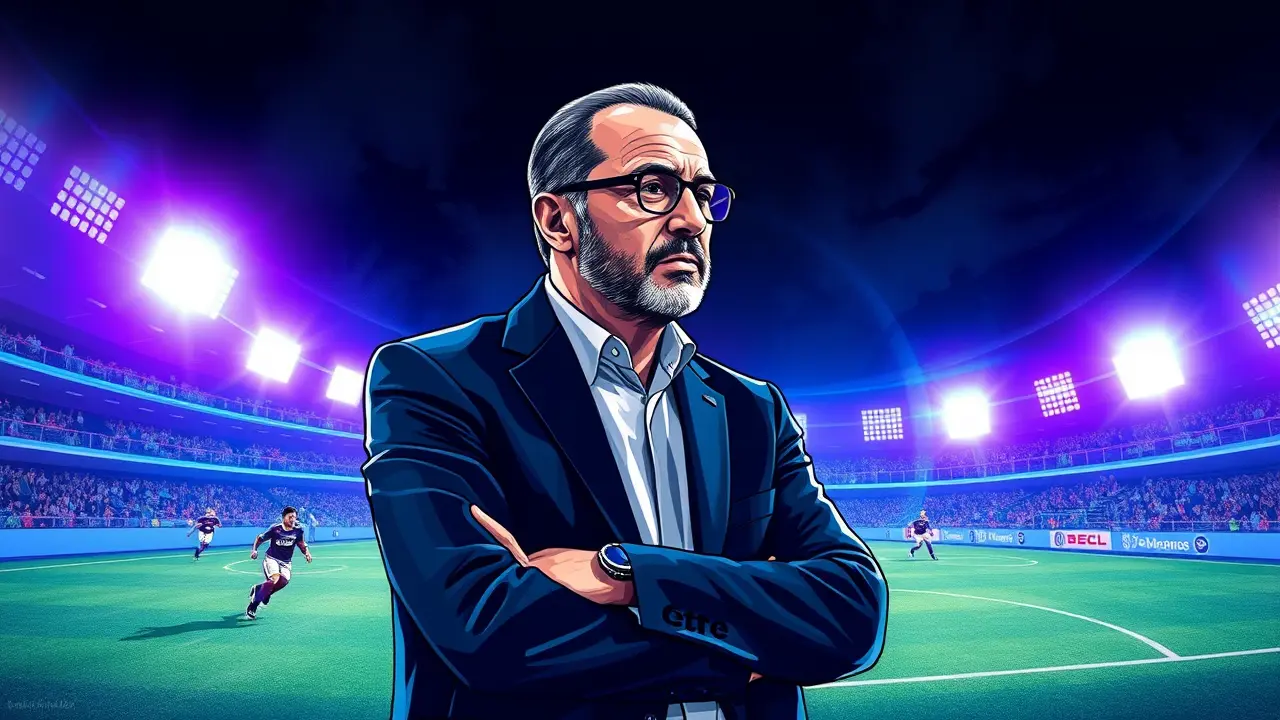
SportmotorsportFormula 1
Carlos Sainz Explains Deliberate Retirement to Avoid Safety Car.
JA
Jack Turner
1 week ago7 min read5 comments
In the high-stakes theater of Formula 1, where milliseconds dictate glory and disaster, Carlos Sainz of Williams just executed one of the most deliberate and sportsmanlike retirements in recent memory, a strategic withdrawal that speaks volumes about the driver's acute track awareness and his inherent respect for the purity of competition. Following a grueling Mexican Grand Prix that saw his car plagued by a cascade of issues stemming from an aggressive, multi-car tussle into the first turn—a classic, wheel-to-wheel melee that defines the Autódromo Hermanos Rodríguez—Sainz found himself battling not just his rivals but a crippled machine.The initial contact, a fierce negotiation for position involving what he described as three or four cars in a tight pack, likely damaged a wheel rim, compromising his first set of tires and, more critically, the sensitive sensors governing his speed, which in turn led to a malfunctioning pit lane speed limiter. This technical gremlin proved catastrophic, handing him a five-second penalty for his first pit stop and forcing an unscheduled second stop where the limiter failed yet again, a cruel repetition that dashed any lingering hopes of a points finish.Yet, the true drama unfolded in the race's dying moments when his wounded Williams finally succumbed. Demonstrating a presence of mind that separates the good drivers from the great, Sainz consciously guided his failing car deep into the runoff area, deliberately parking it behind barriers in a calculated effort to avoid triggering a full Safety Car or even the Virtual Safety Car (VSC), a maneuver he explicitly stated was intended to 'secure the situation' and preserve the intense battles raging on track.His heroic effort, however, was ultimately in vain as race control still deployed the VSC, effectively freezing the nail-biting duel for second between Charles Leclerc and Max Verstappen and the equally fierce scrap for fourth place. This single act by Sainz is reminiscent of the unwritten codes of honor in sports, akin to a footballer intentionally kicking the ball out of play when an opponent is injured, a gesture that prioritizes the contest's integrity over personal circumstance.It underscores a brutal reality of modern F1: a driver's race can be ruined not just by a rival's overtake but by a sensor failure, a pit lane miscalibration, or the chaotic democracy of a first-corner scramble. For Williams, a team with a storied history fighting to reclaim former glory, the Mexican GP was a brutal lesson in operational execution, where a potentially strong performance was undone by a chain of technical failures.Analysts will pore over the data, questioning whether the sensor damage was a direct result of the opening lap contact or a separate, underlying vulnerability in the complex machinery. The incident also reignites the perennial debate about the VSC's deployment protocols—when is a stranded car sufficiently 'safe' to warrant only a virtual neutralization, and when does the potential for debris or a precarious position necessitate a full Safety Car that can dramatically reshuffle the entire field, gifting victories and robbing others? Sainz's forced retirement, therefore, transcends a simple DNF; it becomes a poignant narrative about a driver fighting a two-front war against his car's frailties and his own desire to not be the reason the show is spoiled for others, a small but significant act of chivalry in a sport increasingly dominated by cold, hard data and ruthless strategy.
#Formula 1
#Carlos Sainz
#Williams
#Mexican Grand Prix
#retirement
#VSC
#pit lane
#lead focus news
Stay Informed. Act Smarter.
Get weekly highlights, major headlines, and expert insights — then put your knowledge to work in our live prediction markets.
Related News
© 2025 Outpoll Service LTD. All rights reserved.













